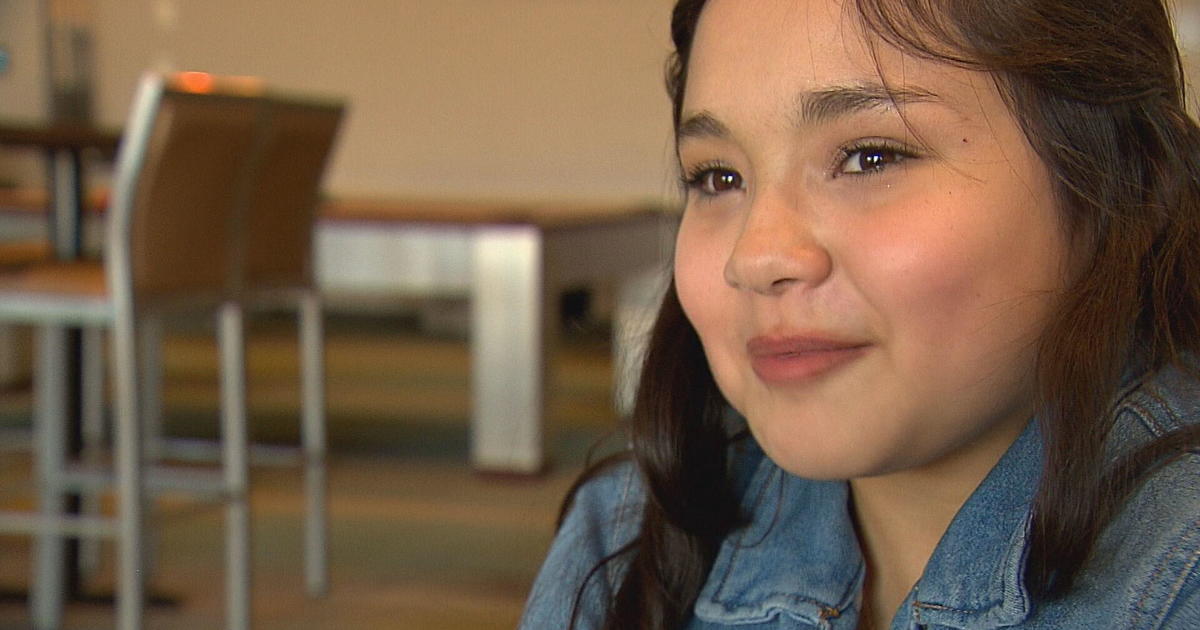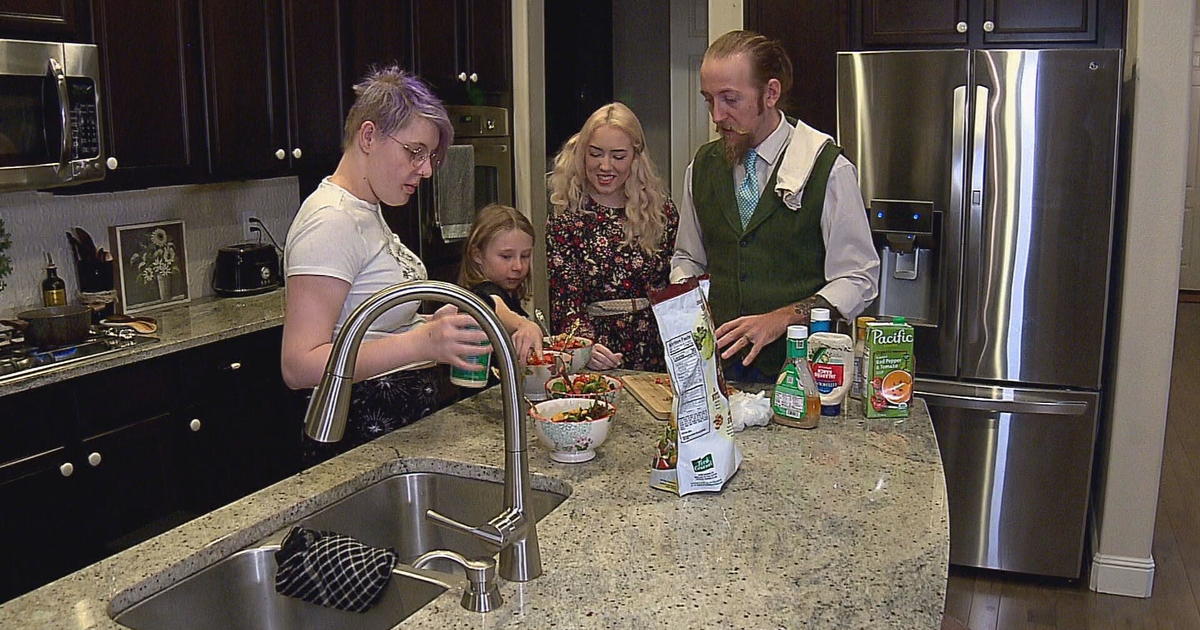'Dog-Tor' In House At The Children's Hospital
AURORA, Colo. (AP) - Amid the physical therapists and speech therapists in a crowded Children's Hospital Colorado room, a different kind of seasoned professional was working with young patients.
One with a mane of velvety, yellow fur, floppy ears and big, congenial, brown eyes, whose official title is: Maggie, the golden retriever dog therapist.
Maggie elicited ear-to-ear smiles from 3-year-old Gavin Wilkens, an Aurora boy who suffered serious spinal cord injuries from a car crash. As Maggie sniffed Wilkens, intrigued by her new patient, a therapist guided the boy's hand along Maggie's fur.
"Gavin lights up when he knows there's a dog here," said Gretchen Szentirmai, his physical therapist.
Maggie and other therapy dogs visit the hospital every week, acting as silent but consoling motivational coaches for kids in inpatient rehabilitation who have physical, occupational or speech difficulties.
"It's what our patients look forward to most out of their week," Szentirmai said.
Maggie works in the hospital as part of the Animal Assisted Therapy Program, a division of the Prescription Pet Program that's been in existence at the hospital since the 1980s.
The 5-year-old retriever from New York City was trained by convicts in prisons. The dogs earn credentials to work at Children's Hospital Colorado by undergoing a rigorous screening process overseen by veterinarians like Sara Mark, owner of the southwest Veterinary Hospital in Littleton.
Maggie had to become proficient in 14 different commands before she was able to work in the hospital's occupational and physical therapy unit, including "shake hands," which means to politely greet a person by raising a paw, and "snuggle," in which Maggie places her head between the neck and shoulders of the patient.
She also had to pass a personality test.
"Back in the day, we used to say we needed dogs who are aggressively friendly, but that's not what we are always looking for now," Mark said. "We want them to be confident, totally obedient, and interested in lots of people other than their immediate family." They also cannot be frightened by novel experiences, she said.
Mark, who wrote a nearly 30-page document that delineates the rules for prescription pets, said her focus when screening dogs for the program is to look out for the best interests of the dog, patient and therapist. That's why the dogs are routinely checked for strep throat, parasites and a variety of bacteria including E. coli and salmonella. They also go through a job performance evaluation every six months.
"We have to make sure these animals are truly as 'bomb-proof' as we can possibly make them," Mark said. "That means making sure they're not unduly stressed by picking up on the emotional tone in the room, noises, sights or sounds."
Not all dogs are up to snuff for the Prescription Pet Program, and even if they are, not all of them make the cut. But there's diversity in the program. Therapy and visitation dogs have ranged in breed and size over the years. The smallest hospital canine was a Toy Havanese who weighed a mere 4 pounds, Mark said. The largest dogs were Saint Bernards, who weigh upwards of 150 lbs. And age discrimination doesn't exist in the prescription pet workplace.
One of Mark's most memorable four-legged hospital volunteers was a 16-year-old Welsh terrier named Spirit. Since Spirit was considered geriatric, most all he could do as part of his hospital duties was lie on the floor near a patient. But that was more than enough for one particular boy who had sustained major brain trauma in a crash, Mark said.
"He was a child that doctors were willing to say, 'We've done absolutely everything we can,'" she said. But after six weeks of Spirit's companionship medicine, the boy began to sit up on his own and move his hand to reach for the dog. After eight weeks, the boy was walking.
Michelle Penfold, the Brighton resident who owns Maggie, sees those types of wonders every week when the pair visits with patients every Monday.
"For the minute that the dogs are present, they take away what's going on around you," she said. "That's the special magic that they have. They can take away all the pain and make you work through it."
In some cases, the children don't even realize they're working with their therapists when Maggie is present.
"It's a very good distraction," said Courtney Wheeler, a Milliken resident. Her son, 6-year-old Logan, has cerebral palsy and Maggie helps him exercise his limbs. The dog wears a colorful vest adorned with tactile items like zipper pockets, beads, and pull-strings for Logan to use.
"These dogs are so mellow and so good with all the kids," Wheeler said.
Maggie was on the volunteer dog wait list for nearly a decade, and her owner has been working with therapy dogs for 15 years. They started making hospital visits in 2010. Penfold says the job is fulfilling for both her and the "therapy Dog-tor" whose favorite treats are purple goldfish and ice cubes.
"I'm very grateful that I'm allowed to come here with my best bud to share in the wonderful things that Children's does for kids," she said. "We're very grateful as a therapy dog team."
- By SARA CASTELLANOS, Aurora Sentinel
(© Copyright 2012 The Associated Press. All Rights Reserved. This material may not be published, broadcast, rewritten or redistributed.)



